This trekking course starts from JR Nagiso Station. At first, we visit nearby Midono-juku. And then follows the Nakasendo, and walks to Tsumago-juku. This section of Nakasendo is not very popular but it provides a very pleasant walk. Most of the old Nakasendo highway in this section is paved road.
The highlights of the course
After leaving JR Nagiso Station, head north to visit Midono-juku. The Midono-juku is a short walk from JR Nagiso Station. There are stores and convenience stores around the Nagiso Station.
Although the town of Midono-juku retains only a trace of its former post town, there are no historic sites left to stop and see.

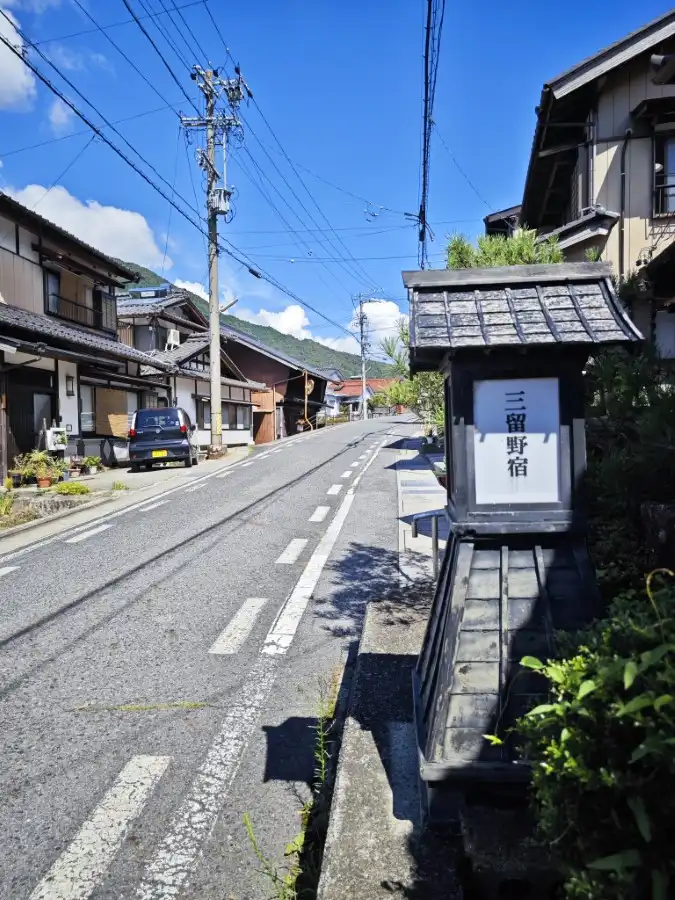
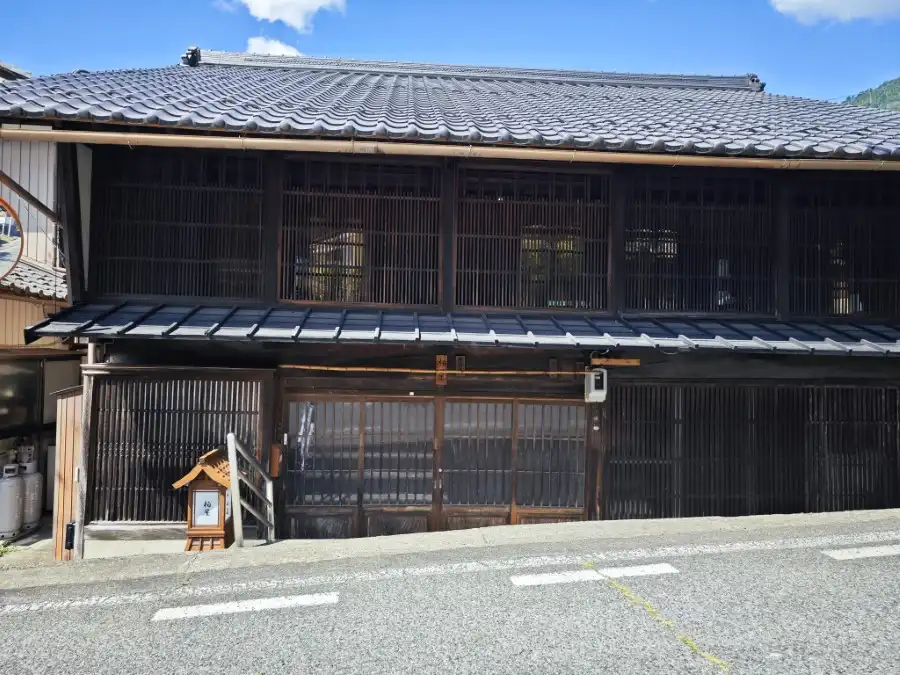
From Midono-juku, head south along the JR Chuo Line for a while. Basically, walk on the tarmac road until Tsumago-juku. SL Park is located, just before the road enters the forest. The steam locomotive D51, which was once used on the JR Chuo Line, is on display.

At the side of the SL Park, the road from JR Nagiso Station joins the old Nakasendo.
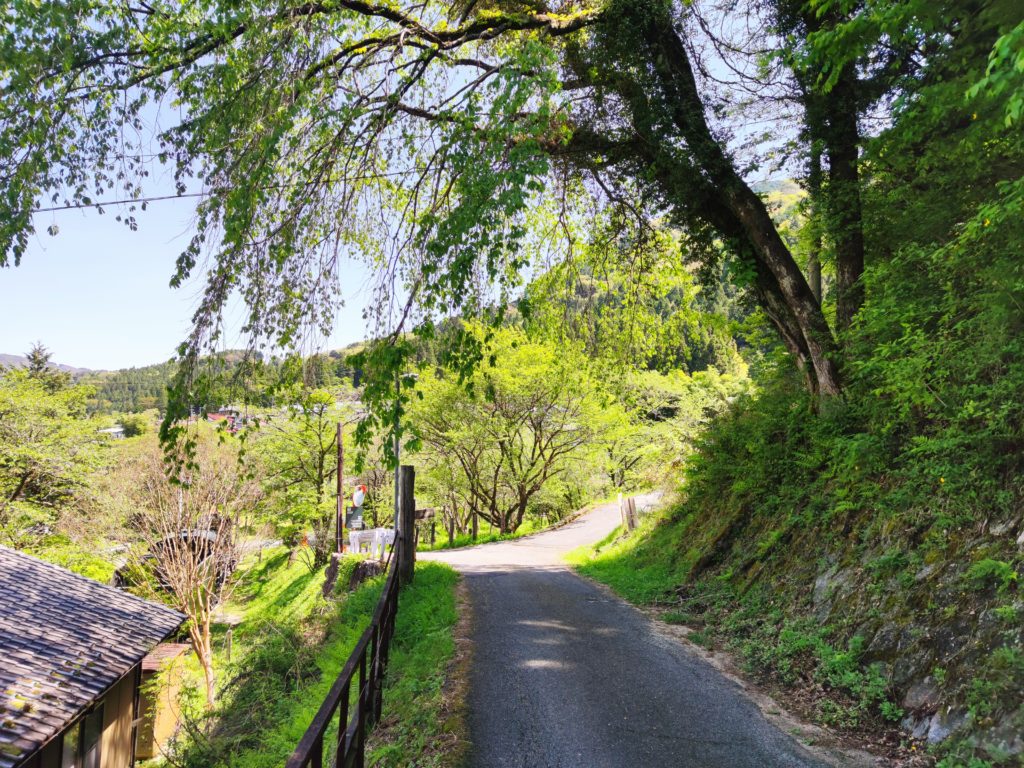
There are elegant old houses on the side of Nakasendo. It’s not just in the post stations that are lined with traditional houses.

After walking for a while, Kabutokannon. Kabutokannon is said to have originated from the fact that when Minamoto no Yoshinaka (Kiso Yoshinaka) went up to Kyoto in 1180, he enshrined the Kannon image of his samurai helmet here. There is also a stone that Yoshinaka sat down. There used to be a “sleeve-swinging pine” that Tomoe Gozen (wife of Yoshinaka) used to shave off its branches with her sleeves, but the pine tree seems to have died.
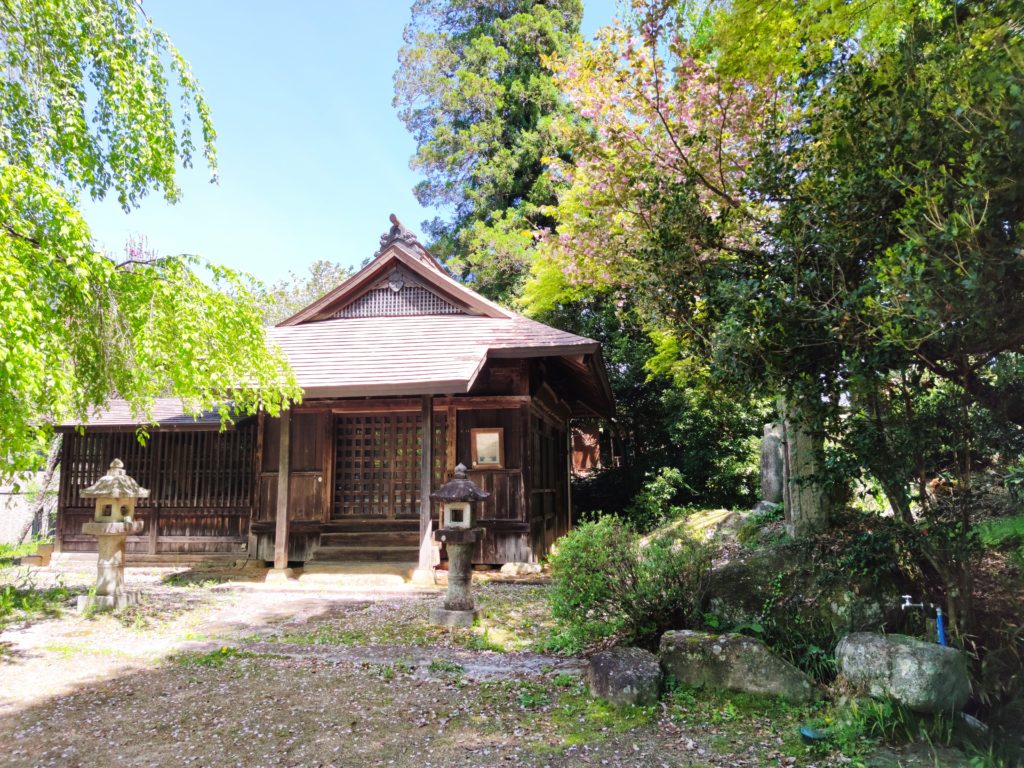
If you walk in the relaxing mountain village scenery, you will soon find Kamikubo Ichiritsuka. There are mounds on both sides.
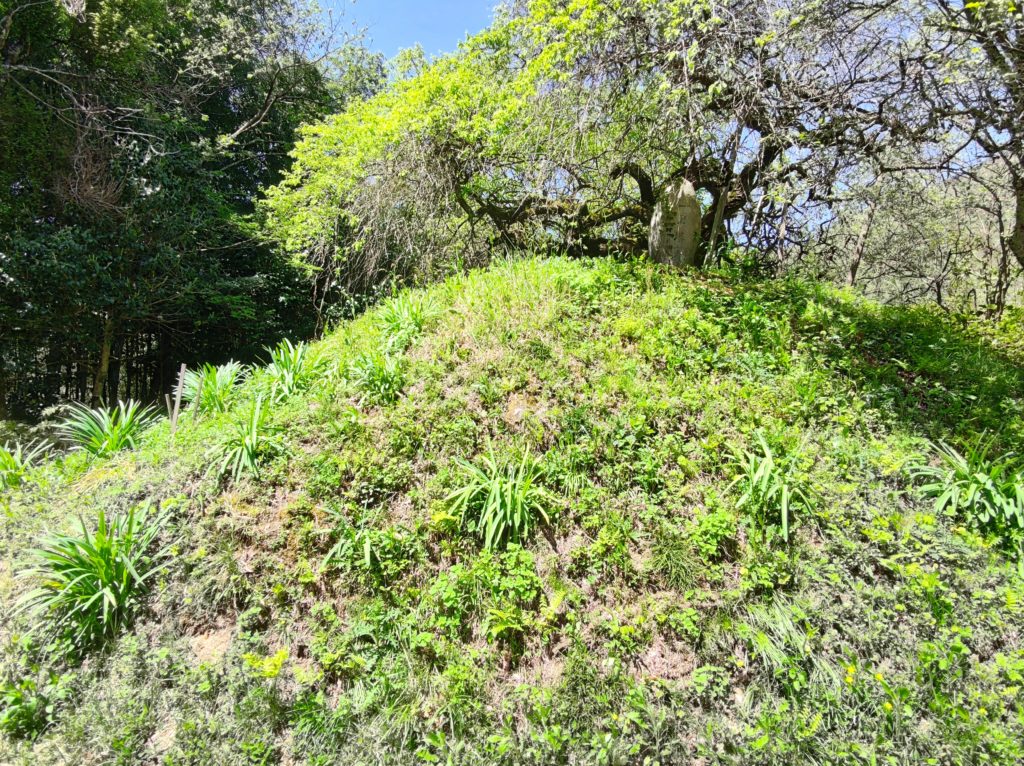
Beyond that is Ryokan’s poem statue. Ryokan is a Buddhist priest in the Edo period, and he has made two poems when he passed through Nakasendo Kiso Road. The monument says, “It’s dusk, and I’m feeling somewhat sad, I feel a sense of melancholy in the dusk, and a stag is crying out for his wife”.

After a while, you will see a signpost that says “Henbiishi” (meaning snake stone). I passed by without knowing where the snake stone was, but it seems that it is a large stone on the left side that went a little toward Tsumago from this signpost.

After passing almost ruined teahouse Shiroyama Chaya, there is a path leading to the ruins of Tsumago Castle.
Tsumago Castle is said to have been built by Yoshinaka Kiso, but it is probably just a legend. It is unknown who actually built this castle, but it seems that a castle was built by the middle of the Muromachi period. The castle owner during the Sengoku period was Yoshimasa Kiso, and Mr. Kiso called himself a direct descendant of Yoshinaka Kiso.
Yoshimasa Kiso was originally attached to Takeda Clan in Kai, but turned over to Nobunaga Oda in 1582. In the battle of Komaki and Nagakute in 1584, at first he belonged to Ieyasu Tokugawa, but he turned over to Hideyoshi Toyotomi later. He repelled Tokugawa’s Sadatoshi Suganuma, Hoshina Masanao, and Yoritada Suwa who attacked Tsumago Castle.
In Tsumago Castle, the remains of dobashi (earthen bridge) and enclosure are relatively well maintained. However, there is no building left.
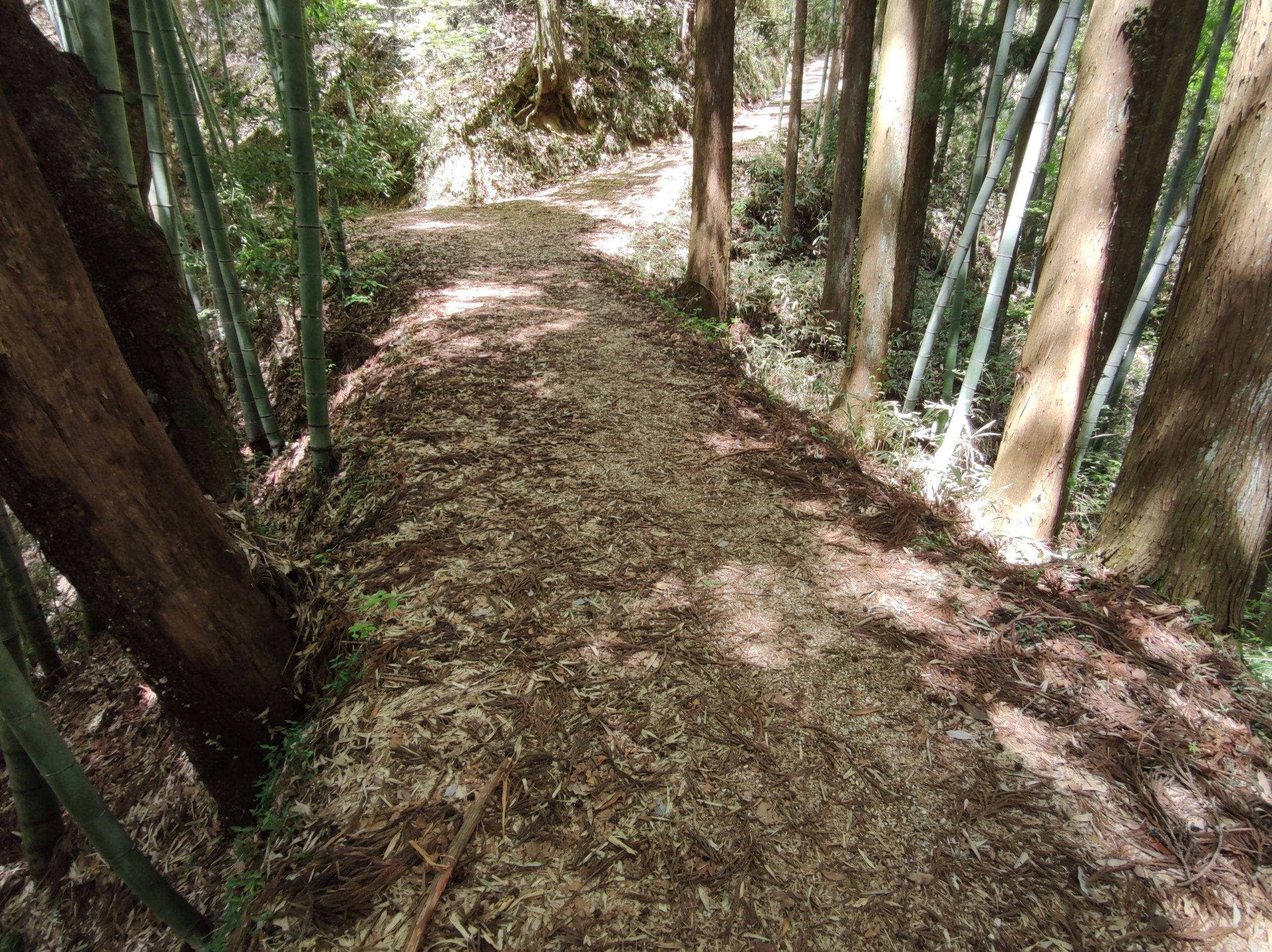

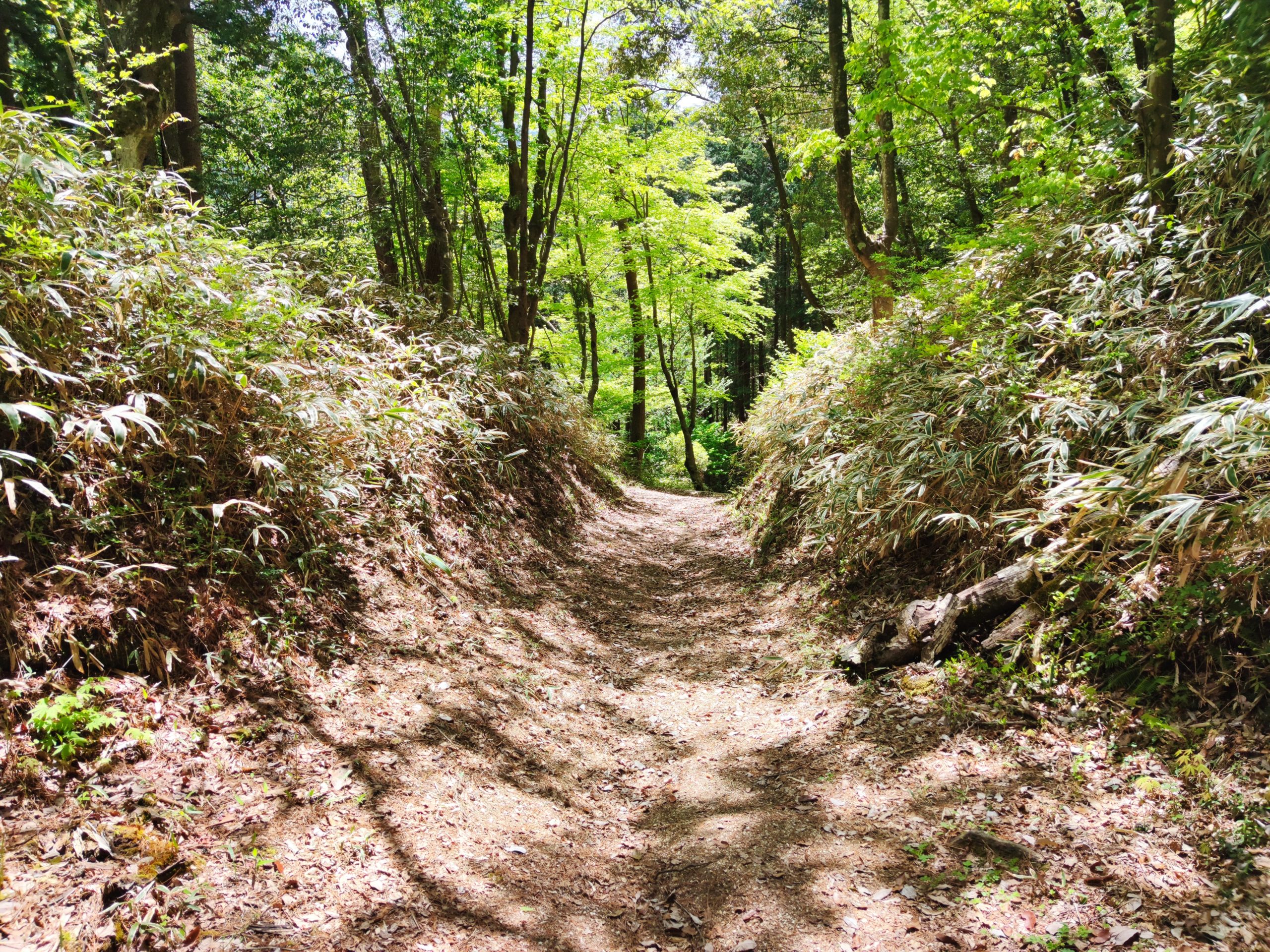
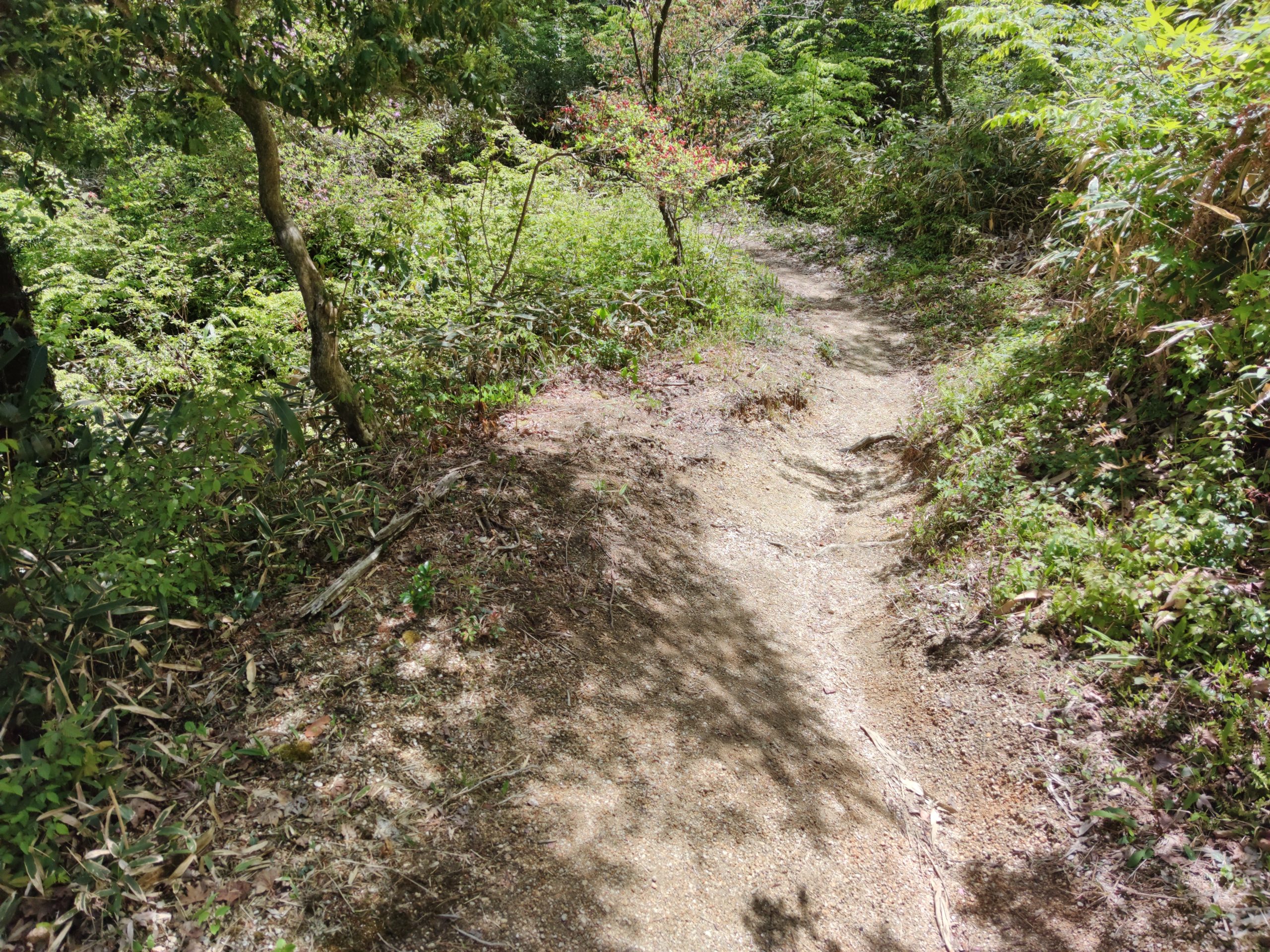
When you reach the entrance of Tsumago-juku, you will see the Kumagai House and Koigaiwa on both sides of the road. The Kumagai House is said to be a part of a building built in the early 19th century, and you can see the interior. Koigaiwa has a legend that a warlord belonged to Yoshimasa Kiso talked about love here.

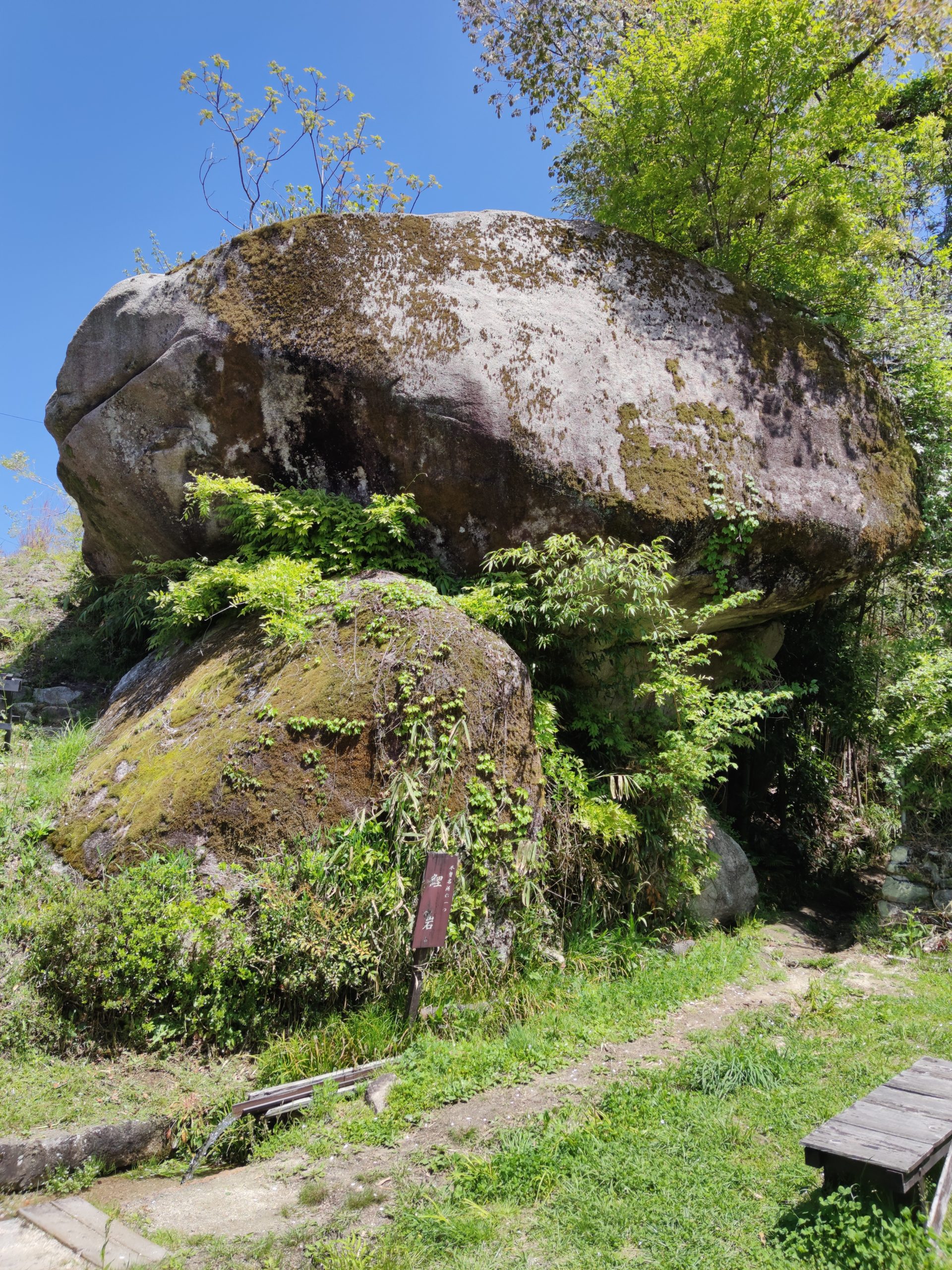
After the ruins of Kuchidomebansho, you will finally enter the center of Tsumago-juku.
Start point of the tour
JR Nagiso Station will be the meeting and starting point. The goal is Tsumago-juku.
Course time
This course begins at JR Nagiso Station and takes about 2 hours including the visit to Tsumago Castle.
Lunch
There are no stores or vending machines except around Nagiso Station. However, this course is rather short, so you may take lunch in Tsumago-juku.
Toilet
There are public toilets near Nagiso Station and in Tsumago-juku. There is no toilet in between.
What to bring and wear
You mostly walk on a paved road except the visit to Tsumago Castle. You do not need to wear or bring special clothing or footing.
Ideal time for hiking
You can visit here all year round, but it is best to avoid the hot summer months and when there is snowfall.
Neighborhood Attractions
You can continue hiking from Tsumago-juku to Magome-juku.
Comments
One response to “Midono-juku – Tsumago-juku hiking”
[…] you have plenty of time, then try to add Midono-juku – Tsumago-juku […]